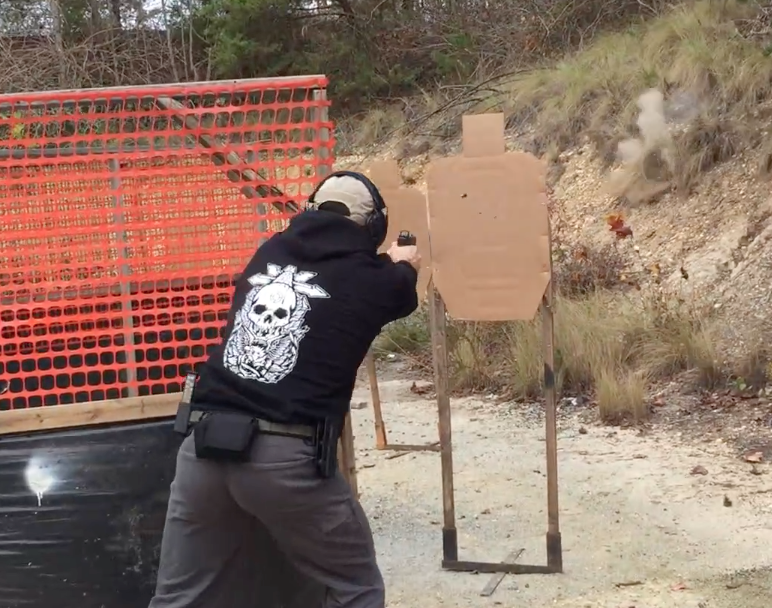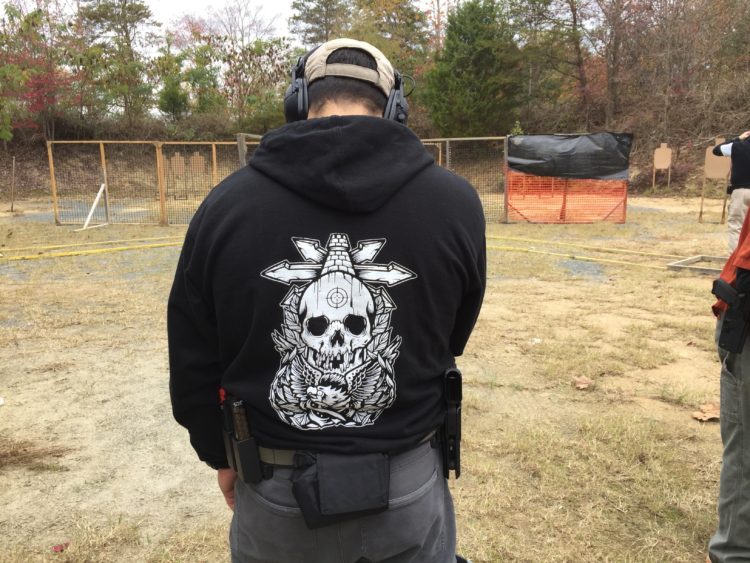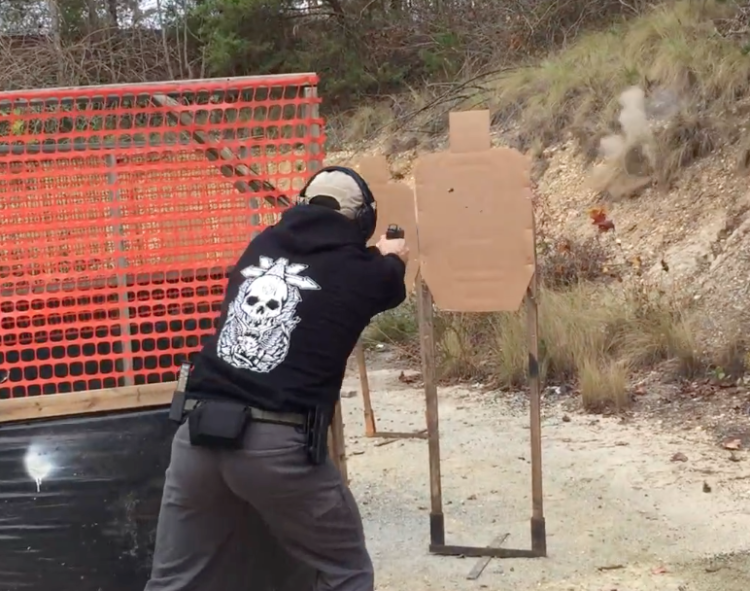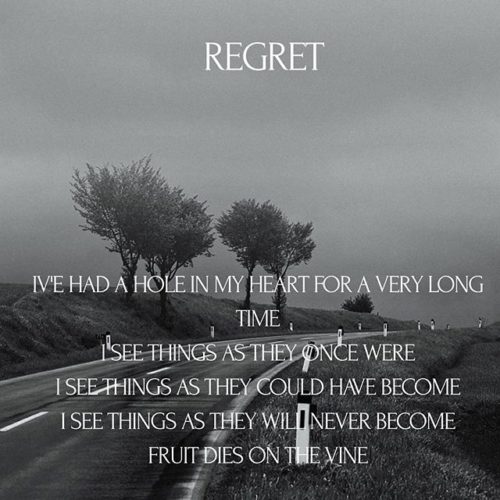Last weekend I finally got to run my Glock 17MOS with Shield RMS in a local USPSA level 1 match and it was both a lot of fun and illuminating (pun intended). I was relatively happy with my performance considering it was my first USPSA match since February and I wasn’t sure how well I was going to perform with the red dot. The biggest advantage immediately apparent was that I was able to shoot the entire match with both eyes open, never lost focus on the targets and never had to THINK about my sight picture. The red dot just simplifies that entire aspect of my shooting fundamentals, you just “put the thing on the thing” and press the trigger. Although everybody’s eyes are different so your mileage may vary.
Upon review of my scores , I would say that overall I did not have a great performance, but also not at all terrible. I took 28th overall out of 90 shooters. In Carry optics division I took 8th out of 12 CO shooters, and I had a couple of stages I did pretty well on, only one of which I captured on film. I will say that I came in below some damn good shooters, so being beaten by them is not unexpected and I’m in good company. More importantly, I now have a good benchmark of what I’m currently capable of and I’ve identified areas where I can improve going forward. The videos are excellent diagnostic tools which allow me to really pinpoint where I can shave time, and the online scores keep me honest about my overall efficiency and accuracy.
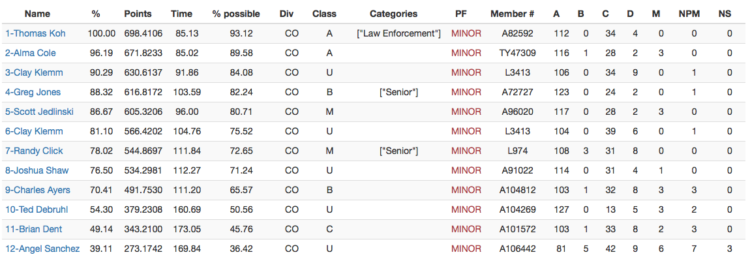
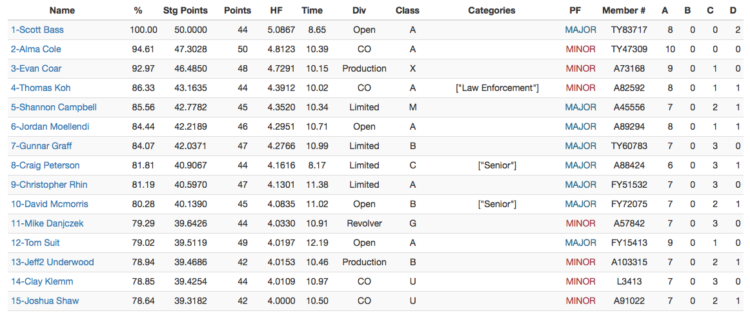
After watching the videos of my runs (attached below), I can see that presenting the gun from the holster and finding the initial sight picture and is probably the slowest part of each shooting string. Since my red dot is co-witnessed with my irons, this really shouldn’t be much of an issue, as my grip and posture don’t have to change in order to acquire a good sight picture when I present the gun to the target. The only change here is that I can STAY TARGET FOCUSED instead of having to look for my front sight post. My guess is that even with irons, I the initial sight picture is probably the slowest part of a string of fire for me, and once I have the gun up and aligned with my eyes, my splits and transitions are relatively quick. These are all things that I can test empirically using a shot timer at my next practice session, which I intend to do.
One of the biggest takeaways I got from this match, and which I suspected would be the case, is that using a red dot makes it easier to engage several targets close together, a row of steel poppers for instance. On one of the stages there was an array of paper targets and a row of four steel poppers about 2 ft apart which you could engage all at once and very quickly. I shot the paper targets and transitioned to the poppers and knocked each of them down with four fast, clean shots. I wish I had checked my splits, but my friend Jordan who often wins these matches remarked “you crushed that steel”.
I was able to keep both eyes open and never had to think about focal planes or the targets blurring together and overlapping. This stage was somewhat of a turning point for me in my shooting ability, because I know that I’ve never been able to shoot a row of steel that fast before with irons. Not only did I knock them down very fast, I did it with confidence and in the middle of a string without even really thinking about it. This is a key reason why I think red dots are a game-changing advantage, at least for me and my eyes. I’m looking forward to getting some practice time with a plate rack or a dueling tree to further test this out and get video.
The video above shows my first stage of the day, one of the middle stages and then one of the last stages I shot. By the end of the match I was feeling pretty good and had a couple nice runs. Obviously, there is plenty for me to work on: movement and footwork, RELOADS need a lot of help and target transitions can be quicker. I was particularly happy with the last stage in this video as it shows that I am doing more than one thing at a time which is how you do well in USPSA. I engaged the middle targets while moving through that position, taking the paper target on the left while walking and taking the paper target on the right while stomping on the activation pad for the swinging target. These are good competitive tactics for this type of game.
The bottom line for shooting red dots so far is that, all other things being equal, the red dot SIMPLIFIES your sight picture. It takes one of the fundamentals of shooting (grip, trigger control, sight alignment/picture) and just makes it easier. Stay tuned for more work and practice.
Up next: empirical data! sight picture acquisition and shooting on the timer – Irons vs Red Dot
*The views and opinions expressed on this website are solely those of the original authors and contributors. These views and opinions do not necessarily represent those of Spotter Up Magazine, the administrative staff, and/or any/all contributors to this site.
Brought to you by the dudes at Spotter Up

